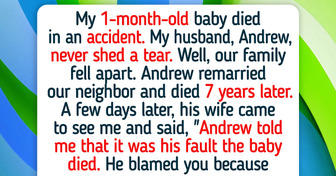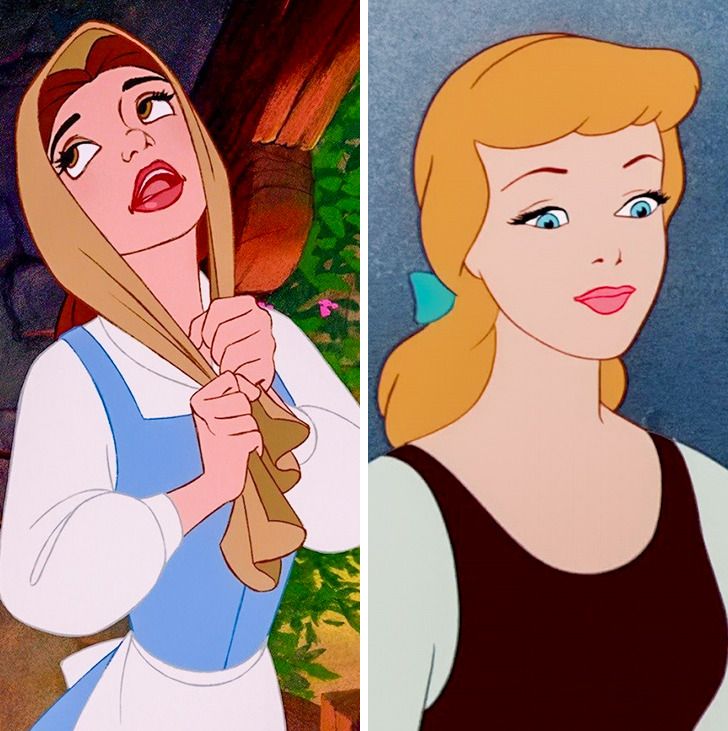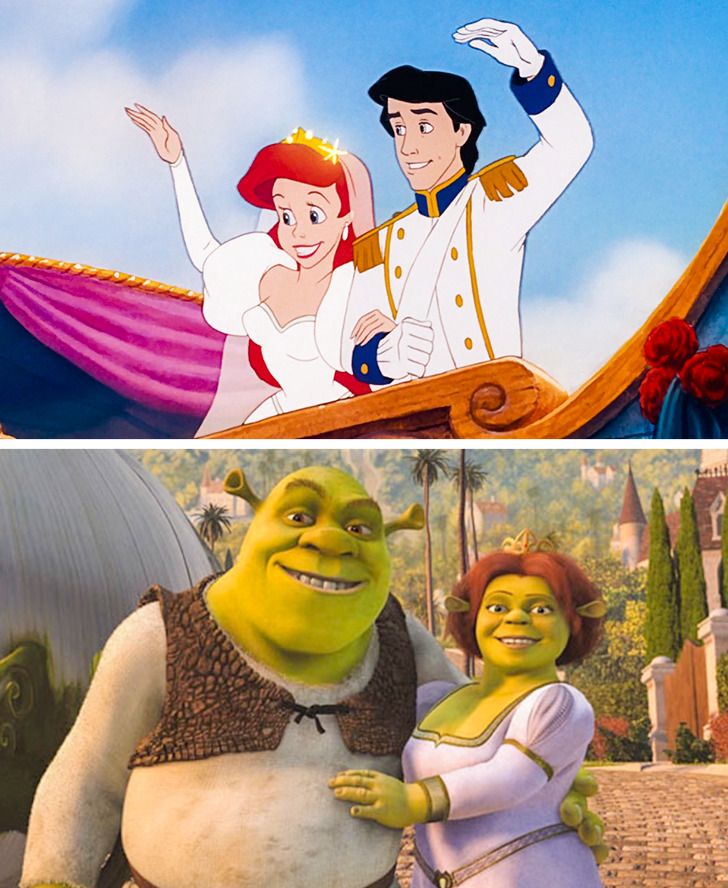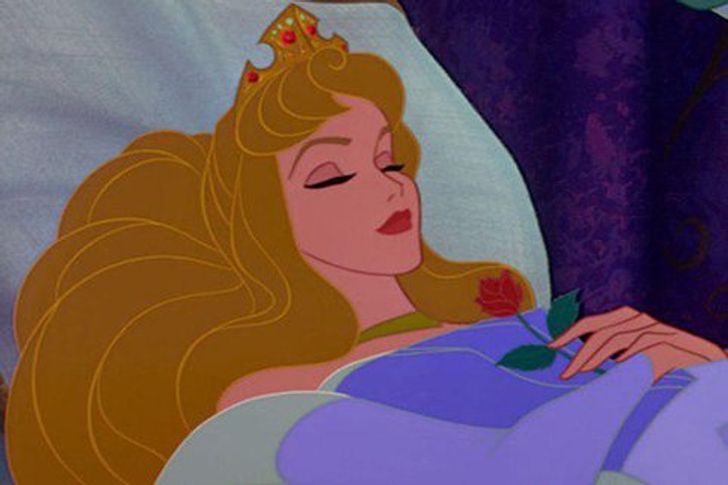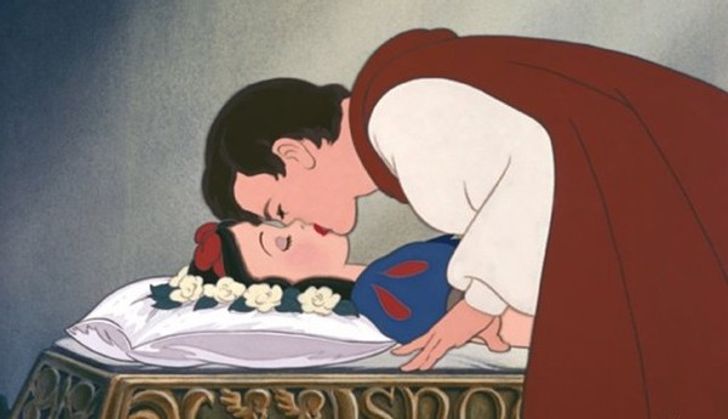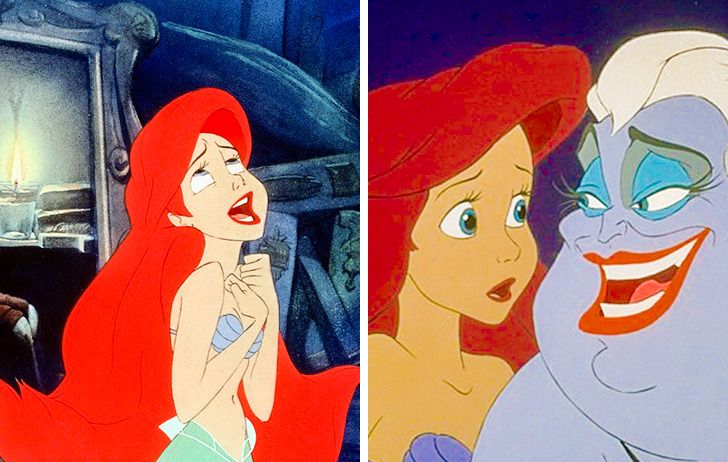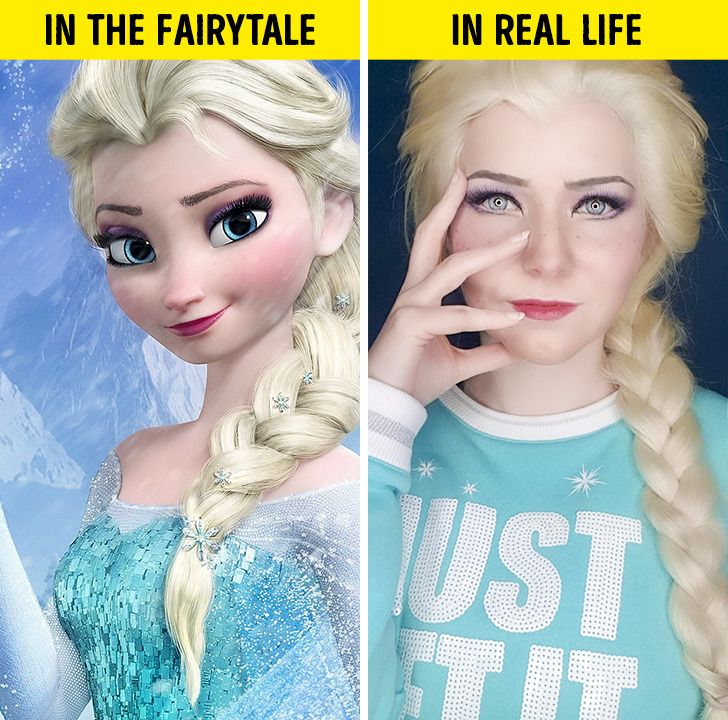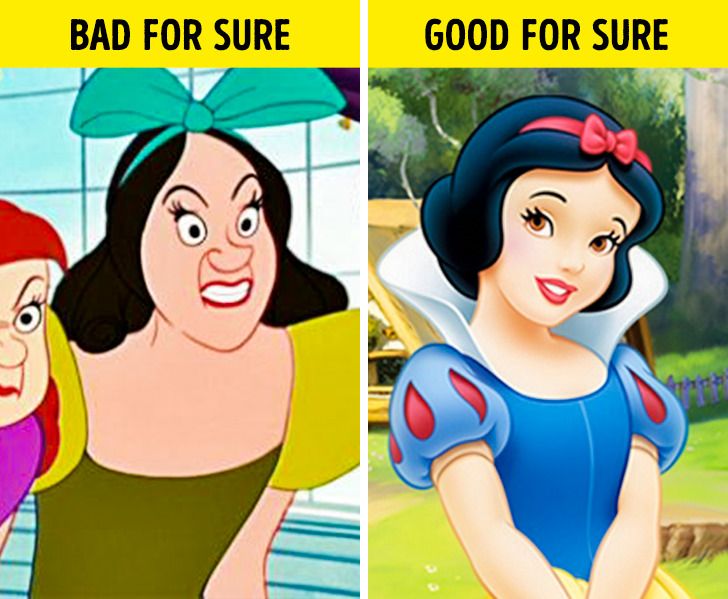lilo and stitch is a safe movie too and everyone should watch it!
7 Dangerous Messages in Popular Fairy Tales, and Ways to Protect Your Kids From Them
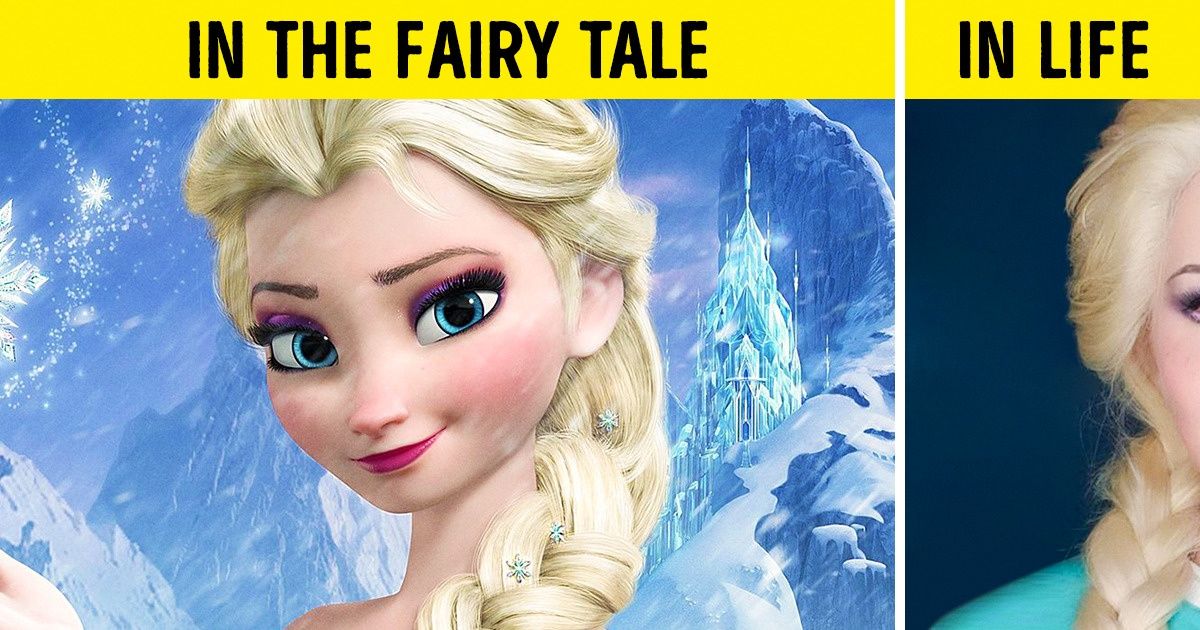
Fairy tales can sometimes send mixed messages. In fact, when Charles Perrault wrote Cinderella, he ended the story with 2, rather conflicting morals. First, that goodness is more important than appearances and second, in a slightly more cynical tone, that things like courage and intelligence are important, but you need a “godmother” or “godfather” to help you get ahead in life. In other words, there’s no greater magic than the power of networking.
We at Bright Side like to read fairy tales and believe that they are a vital part of everyone’s childhood. But some works of literature and cinema must be discussed with the child so that they understand these pieces of art correctly. Below are the things parents should tell their kids as they learn these stories.
Being good doesn’t mean being a housewife.
This message can be seen in Disney fairy tales like Snow White and the Seven Dwarfs, Cinderella, and Beauty and the Beast — the tales of the so-called “home epoch.” Positive characters in these fairy tales are perfect at dealing with household chores, while negative characters know nothing about them.
After watching these cartoons it starts to seem that a good woman is the one whose only interests are her home and household chores, but this is wrong.
Marriage is not the highest award, but one of the possible scenarios.
Most fairy tales are built by the following scheme: “problem — adventure — reward.” Rewards for boys in these fairy tales can be different: love, justice, a title, wealth, etc., while the award for girls is usually marriage. At the same time, modern society no longer considers marriage the only goal and an indicator of maturity. There are many other things a girl might be striving to.
Sometimes the only person who can save us is ourselves.
Last year Keira Knightley confessed to journalists that she protects her daughter from reading and viewing some fairy tales about princesses. The actress doesn’t like that many of the heroines in these fantastic stories seem helpless and just waiting for a man to save them from a trap.
For example, Cinderella continues to serve her stepmother in her own house and doesn’t even try to stand up for her personal freedom. She was lucky to get a kind fairy godmother and later a charming prince as rescuers. But in real life, that might not have happened.
At the same time, Knightley lets her daughter Edie watch Moana and Frozen.
And it’s you who decides who’s gonna kiss you.
Another American actress, Kristen Bell, considered it necessary to discuss the end of Snow White and the Seven Dwarfs with her daughters. From the point of view of common sense, it seemed strange to her that the prince willfully kisses the girl while she is in her most helpless state.
Bell was concerned that girls might think their agreement to be in a relationship is a secondary thing that doesn’t mean anything, especially taking into account the fact that the princess is probably only 14 at the time of the kiss.
If no one hears you, it doesn’t mean you should lose your voice.
Another thing that causes concern among modern mothers hides in The Little Mermaid fairy tale. The girl who feels misunderstood by her surroundings risks everything for a prince she has only seen a couple of times. As we know, the whole story ends up becoming a tragedy for the little mermaid in the original.
Experts in the field of family research paid attention to this issue too. According to them, losing one’s voice (which in normal life is associated with thoughts and intelligence) in order to win the prince’s love is not the best behavior for a young girl to observe.
A real healthy girl will never be able to look like a princess.
Studies show that girls who regularly watch cartoons about princesses have low self-esteem in the future. It’s not surprising because they want to look like their favorite heroine, but it’s impossible due to the body proportions distorted by illustrators.
In order to look good, a woman should take good care of herself and her style, but she won’t be able to get the exact similarity anyway. The earlier young viewers realize this, the better.
It’s actually quite hard to distinguish a bad person from a good one by their appearance.
Here is another interesting nuance: positive characters always look more attractive in fairy tales than negative ones. This pattern can cause incorrect stereotypes.
It’s also noteworthy to mention that even the Grimm Brothers themselves might have been concerned about this: in their version of the story, Cinderella’s stepsisters are actually said to be beautiful in spite of their evil personalities.
Scientists are also worried that movies and cartoons often mention characters with obvious mental and psychological deviations. For example, in 85% of 34 Disney animated movies released before 2004, there are various characters that suffer from mental issues. These illnesses are often used to tarnish someone. In reality, it can cause a bias against people who really need help.
Which cartoons can be called “safe”
These cartoons teach kids to make friends, to help weak people, to love, to not give up, and educate kids about the structure of society and the course of life in an understandable-to-them manner. They remove any possibility that a kid will get trapped in the whirl of wrong stereotypes, many of which the people of our generation have been carrying through their life.
- Finding Dory [6+]
- Moana [6+]
- Kung Fu Panda [0+]
- Zootopia [6+]
- The Dog Who Stopped the War [6+]
- Song of the Sea [6+]
- Toy Story [6+]
- WALL·E [0+]
- Inside Out [6+]
- Coco [12+]
Are there any fairy tales that you re-watched or re-read and where you found illogical actions in the behavior of characters that seemed to have been ok with you in your childhood? How about stories that you adored in your childhood and introduced to your kids with pleasure?
Comments
And they didn't even mention Mulan, which is one of the most empowering movies to women.
Cool
How is Mulan not on the "safe" cartoon list? What's wrong with it?
are people actually upset that they can't look like a disney princess? It's clearly an animation no?
Related Reads
I Absolutely Refuse to Tolerate My DIL’s Laziness, My Son Deserves a Wife, Not a Freeloader

12 Life Twists That Feel Like a Rollercoaster With No Seatbelt
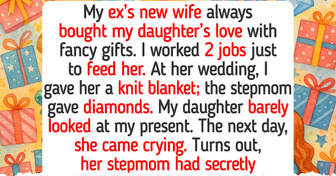
13 Plot Twists So Wild, They Could Make Spielberg Say, “I Wish I Directed That”
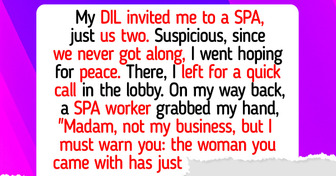
10 Honest Stories That Capture the Struggles and Pain of Blended Families

I Refuse to Share My Inheritance With My Sister—She Doesn’t Deserve a Penny of It
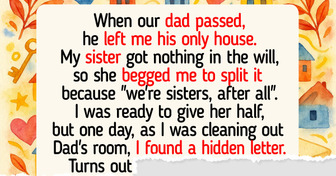
I Refuse to Let the Former Owner Get Married in My Backyard—My Kindness Stops Here
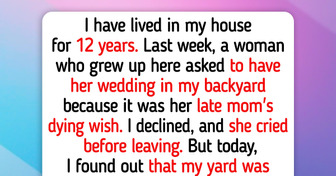
14 Mother-in-Law Moments That Became a Legendary Family Story

13 Times People Accidentally Uncovered Someone’s Biggest Secret

13 People Share the Things They’ve Been Hiding From Their Partners for Years

My Husband Made Me Care for His Sick Mother, So I Served a Payback He Won’t Forget

15 Stories That Prove a Small Spark of Kindness Can Light Up a Fading Soul

12 Family Secrets That Could Rival Any Hollywood Storyline
